Issue 10: Compulsory Party / Passive Aggressive
PESCETRULLO
PHOTOGRAPHY BY GABRIELE PIMPINI
INTERVIEW BY MARINA ROMITI
Marina Romiti, art historian, in conversation with Caterina Tognon, gallery owner, collector, but most of all researcher of new expressions of the planning, functionality and artistic expression that derives from the knowledge of architecture and applied arts. In Salento, the ancient land of the Messapi, the new architecture of Gaetano Pesce is born.
M.R: The Pescetrullo is a contemporary architecture, inaugurated in 2008, but it encloses ancient art. Can you describe it to us?
C.T: The ancient heart of the “den”, the small trullo, with a central plan and dome, has been built over the centuries on every piece of land, from every farmer. On the opposite side, a “den” was also the majestic Castello Dentice di Frasso in Carovigno, with an impressive almond shaped bastion wall, built for defensive purposes and designed by Francesco di Giorgio Martini.
M.R: Its a project between art and architecture of Gaetano Pesce with the contribution of Gabriele Pimpimi and Cosimo Cardone, but has its roots in the applied arts. This reveals the spirit of the commissioner, your knowledge of the art of glass and the particular attention to materials, like those that make up the Pescetrullo: concrete, wood, polyurethane, colours, plants; all forming a multi-material object, but also an habitable architecture. How would you describe it?
C.T: There are two cubes, one for the day and one for the night, with their own bathroom. Nothing could be simpler; the charm of simplicity. They rest on a cement floor, raised respect to the earth, made of polyurethane foam sprayed on a wooden structure. A polyurethane foam is, for the first time in architecture, the load bearing material, the roof, the insulator and the outer finish.
M.R: The buildings, amongst the olive and almond trees, a synergic garden for vegetables to be eaten and stored, fit in with their faces, male and female, blue and pink, without disturbances in the landscape and also the mirrored cubes, that contain the two bathrooms, build a union between the two Trulli, through the reflected images. When Gaetano Pesce suggested the idea of the mirrors, what was your reaction?
C.T: While studying the glasses of Pesce, almost by accident I stumbled on his architectural projects: always innovative, but almost never built. Clearly I wanted to try... the Pescetrullo is a portrait of my family. Gaetano couldn’t have given me a better gift. (This year one of his drawings, a self-portrait, was purchased for the collection of the Uffizi!). The pink cube is the gallery owner and the blue cube is the architect (to whom we owe a perfect interpretation and implementation of the project and three years of dedicated work), while the two volumes covered by mirrors represent our two boys: Leonardo and Giacomo. When you’re lucky enough to live a creative experience with a figure of high level as that of Gaetano Pesce, each proposal is just a joy, a valuable new adventure.
M.R: The architecture of Pescetrullo starts from the human being and still represents, especially nowadays with the most new and original building techniques, that humanism which has transformed old architecture and represented, from the Renaissance until the last century, the essential characteristics that distinguish it. Is its future in this architecture?
C.T: The greatness of the thought of Gaetano Pesce can be felt in his referencing, in an obsessive way, the human figure; not only as a group of elements used to establish precise dimensions and proportions, but as singular elements, different from one another yet always fundamental to all the creative and constructive action.
M.R: In your profession of art dealer and collector, but perhaps already amongst your family where you had lots of inspiration, what influenced your architectural studies? And especially in Venice?
C.T: My professors in Venice, Arrigo Rudi, Gino Valle and in particular Manfredo Tafuri, taught me to read and understand architecture. With my mother, self-taught and refined art dealer, I learned to chase everything that excites me.
M.T: When you leave Carovigno for Venice, which colours and feelings do you take with you?
C.T: Every time is like the farewell to a loved one. It clouds the mind and twists the stomach. I react by filling bags and bags of eggplants, tomatoes, almonds, figs, olives, capers...
M.R: We talked about art, architecture, territory of the Earth between the two seas, but at Pescetrullo there is also a collection that is enriched each year: from Maria Grazia Rosin to Giorgio Camuffo, to follow a chronological order of acquisition. What about this year?
C.T: For summer 2016, with the director of the Department of Culture of Carovigno, Pietro Laghezza, we are planning an artistic performance event. And finally a dream: to accompany an artist to Grottaglie to work with ceramics.
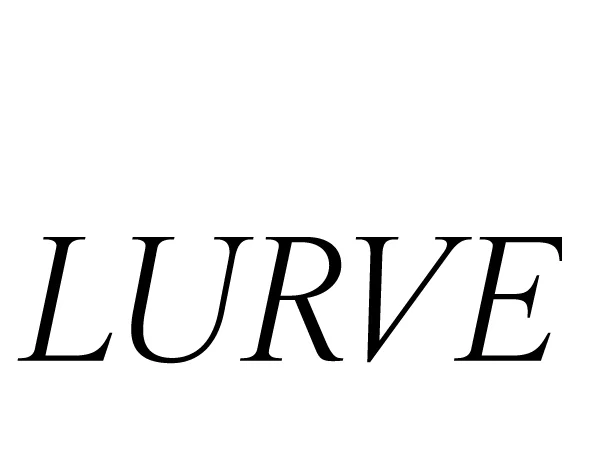
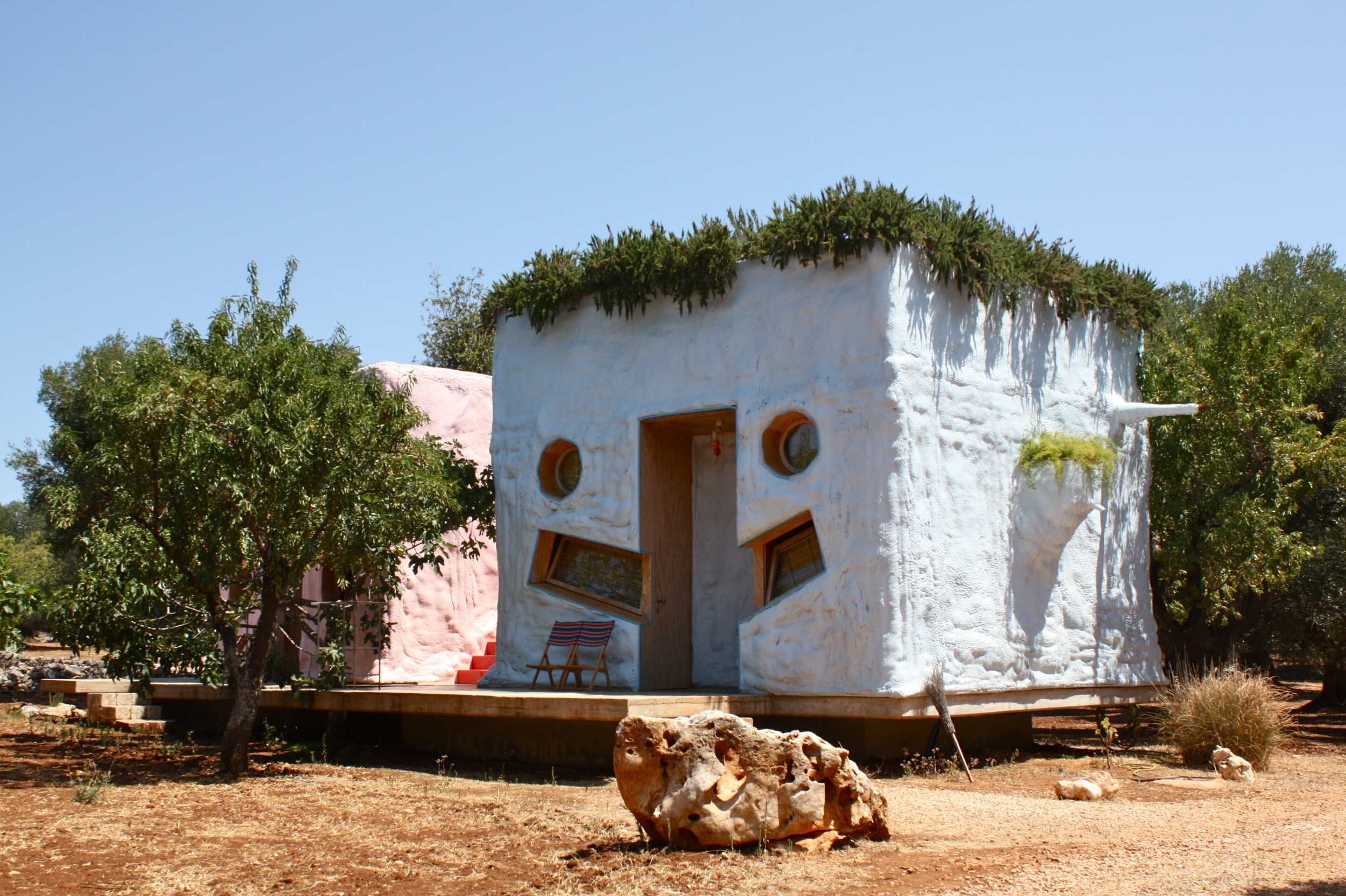
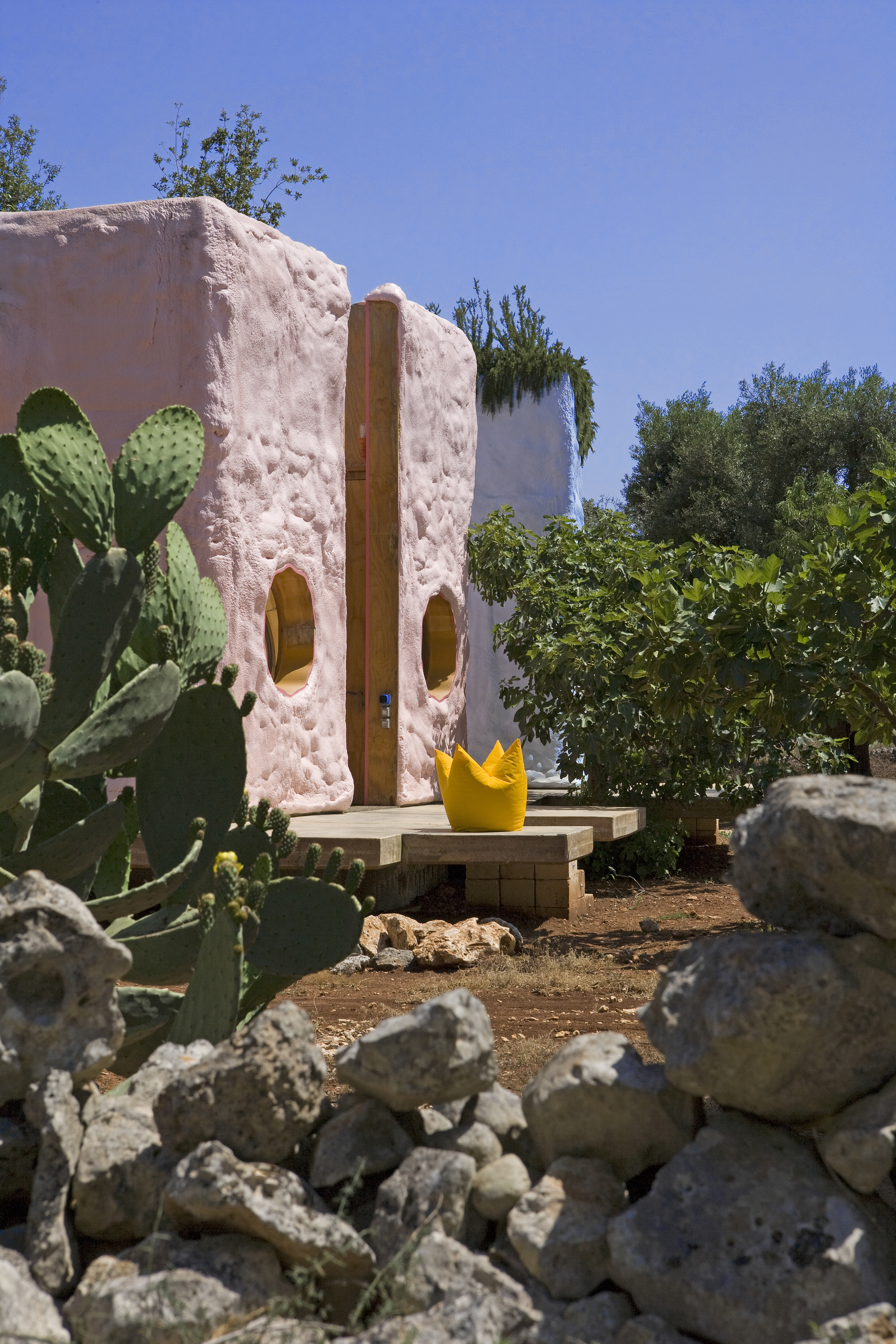
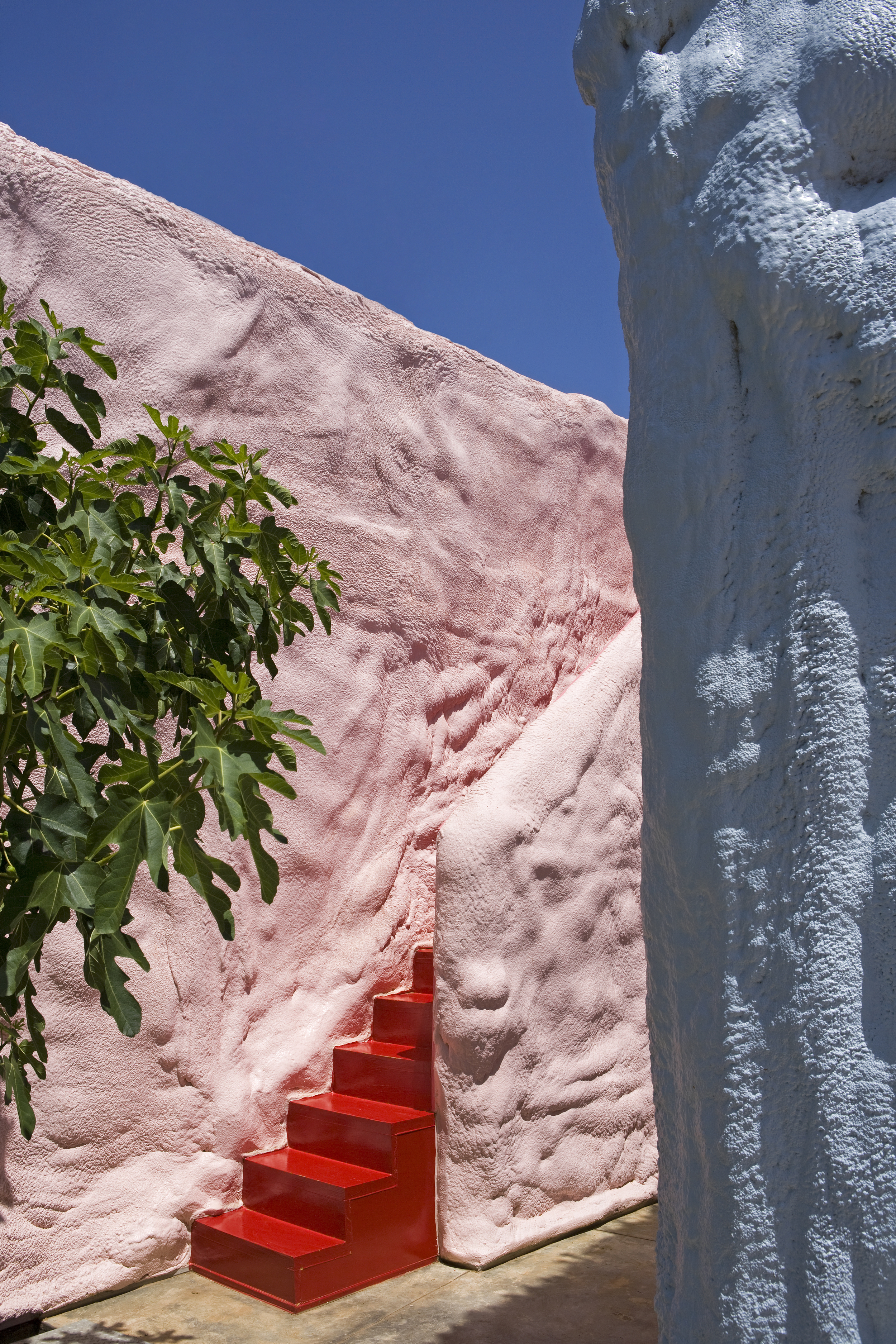
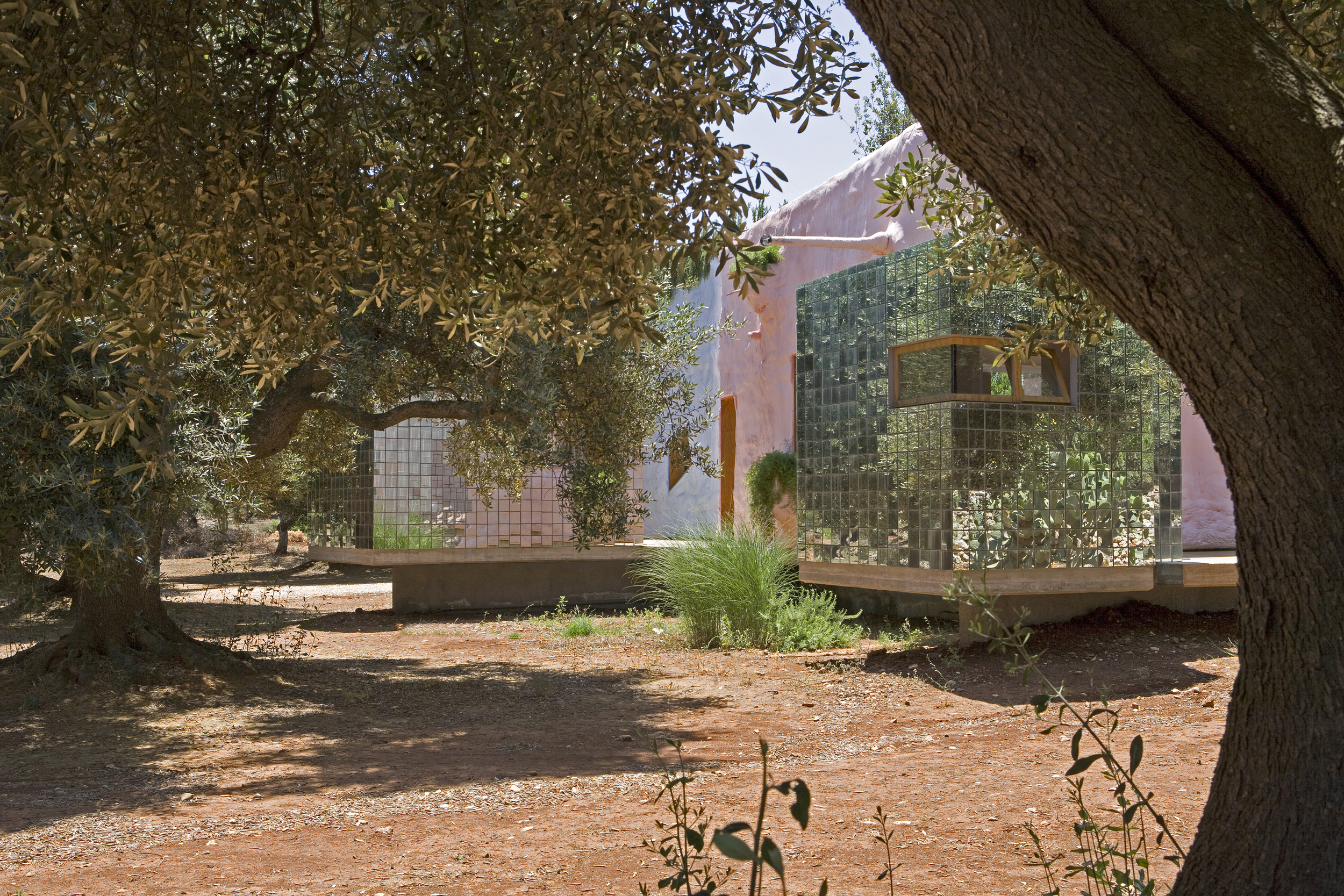
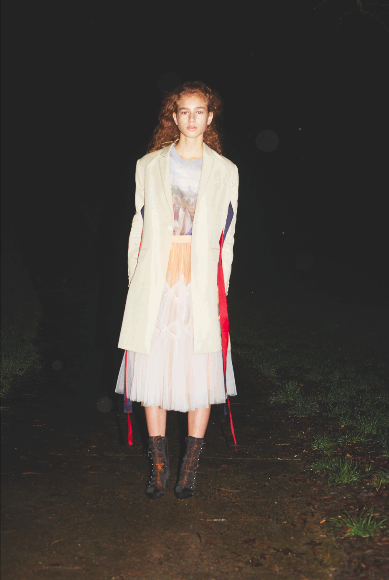
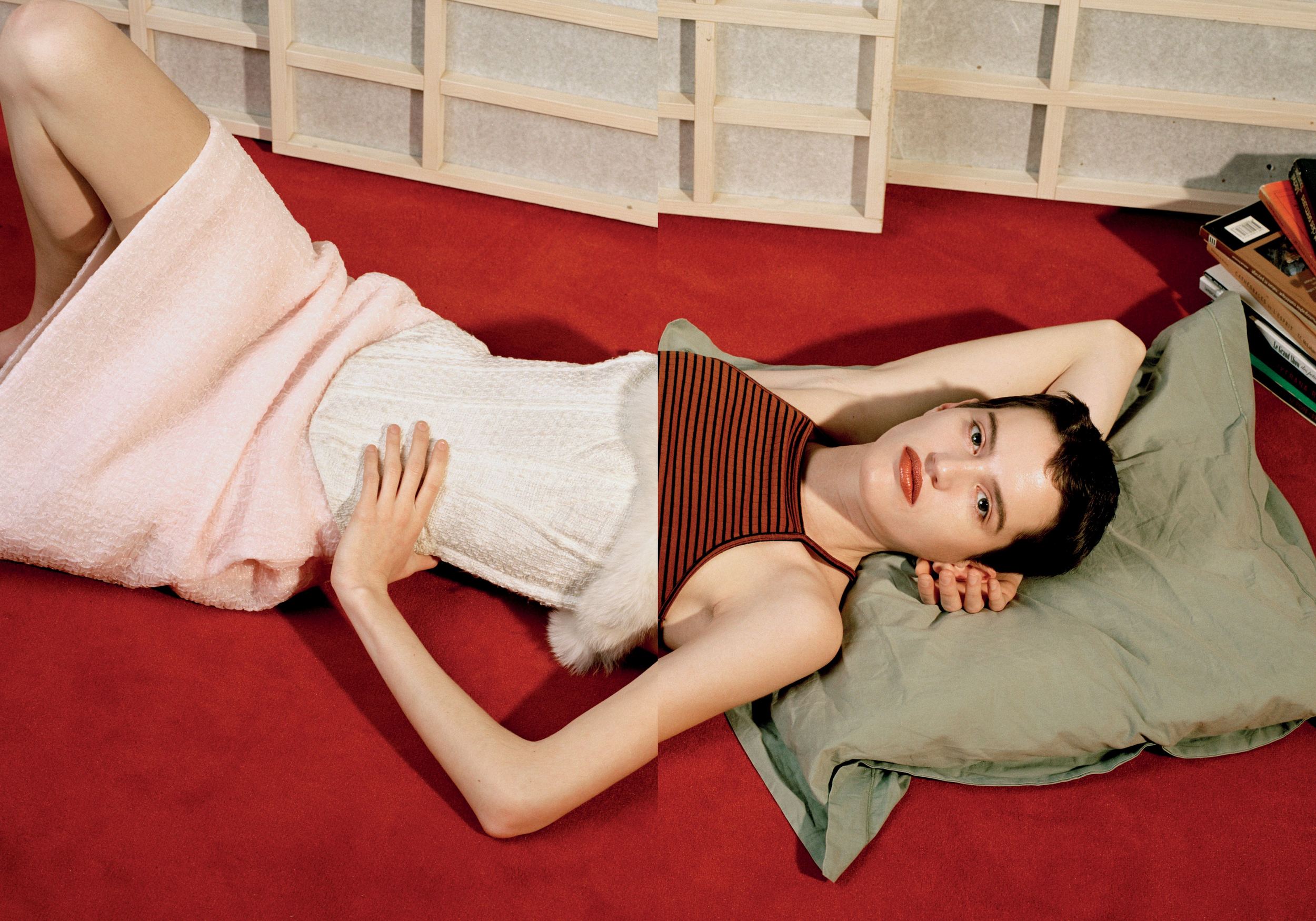
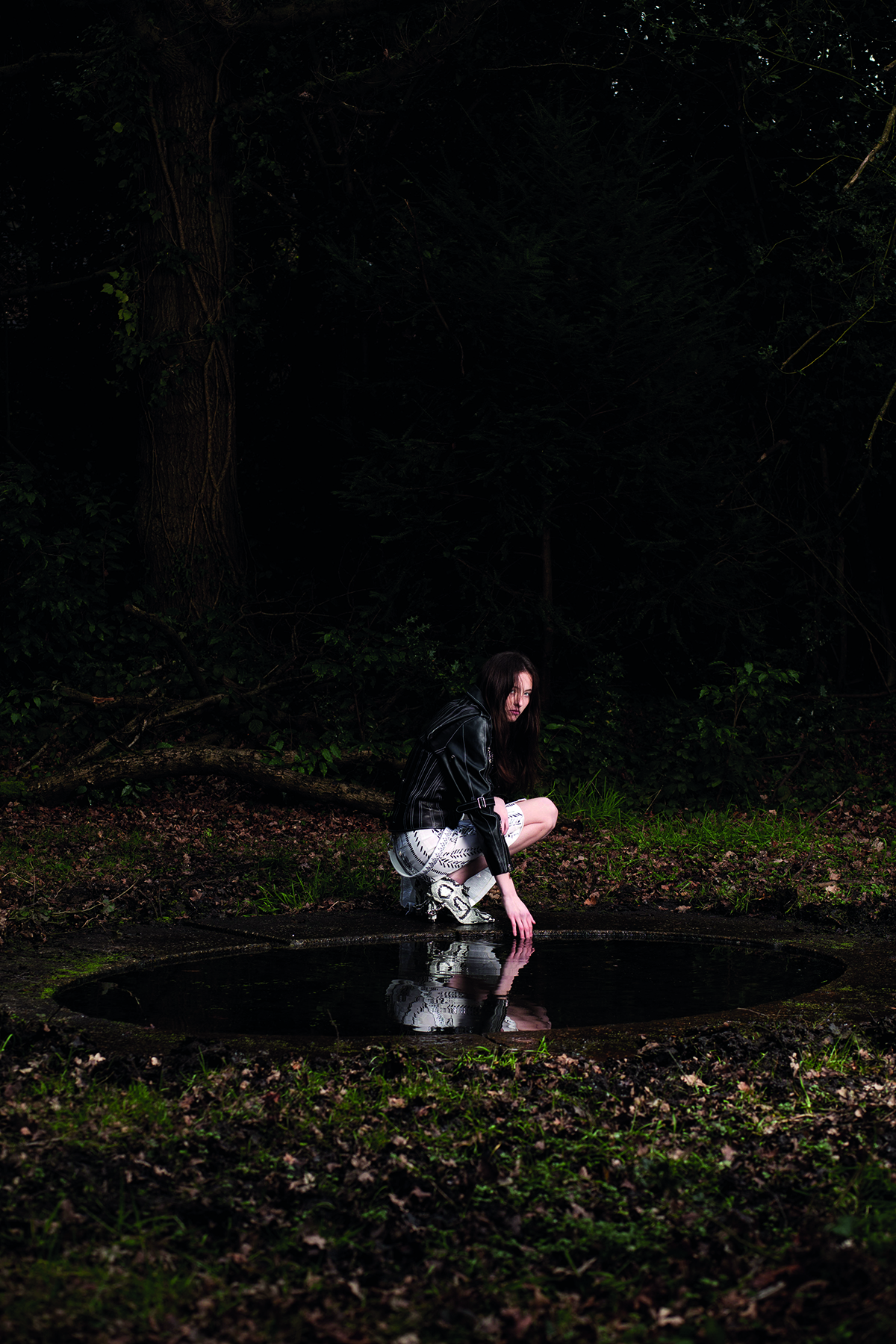
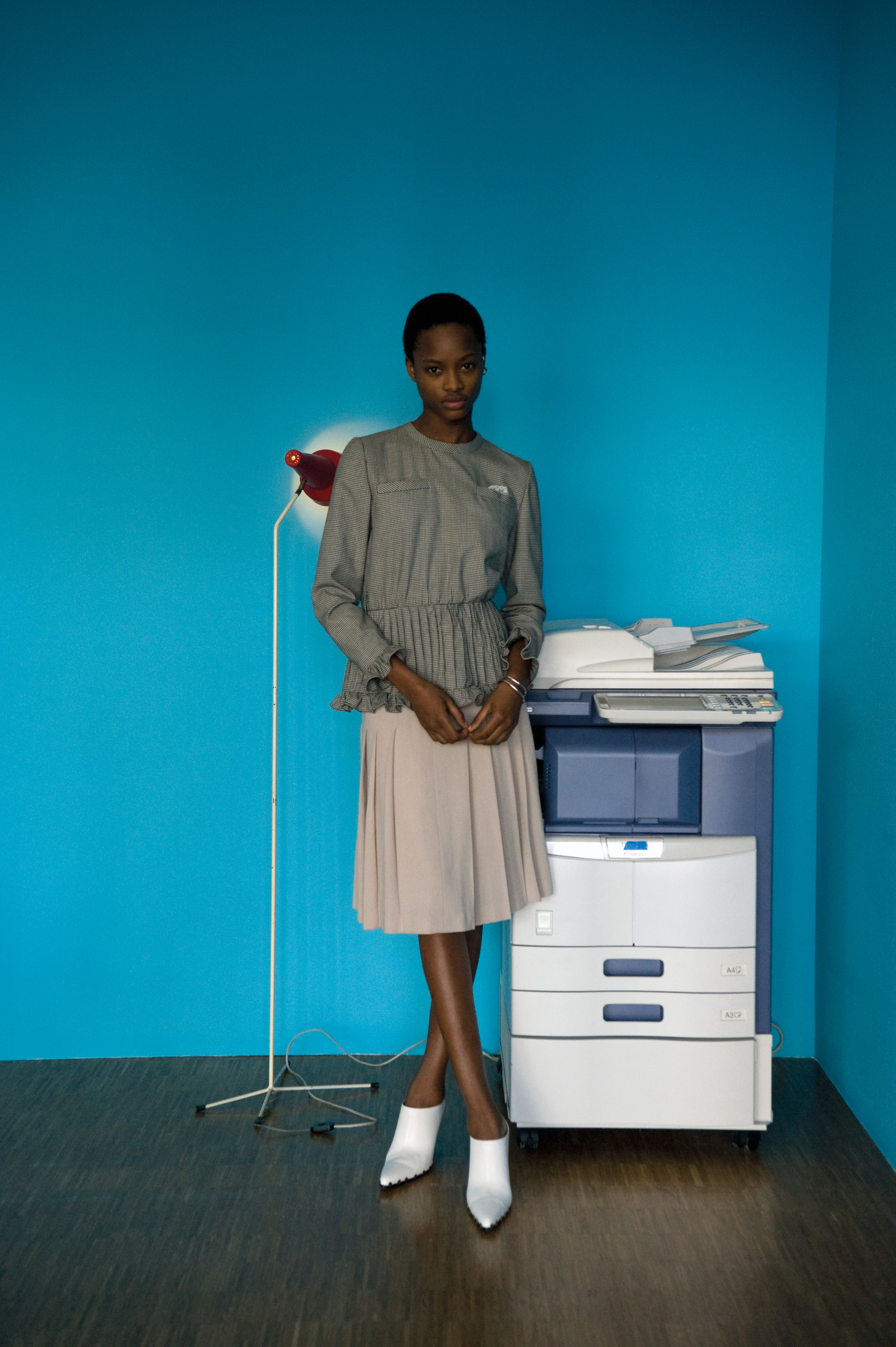
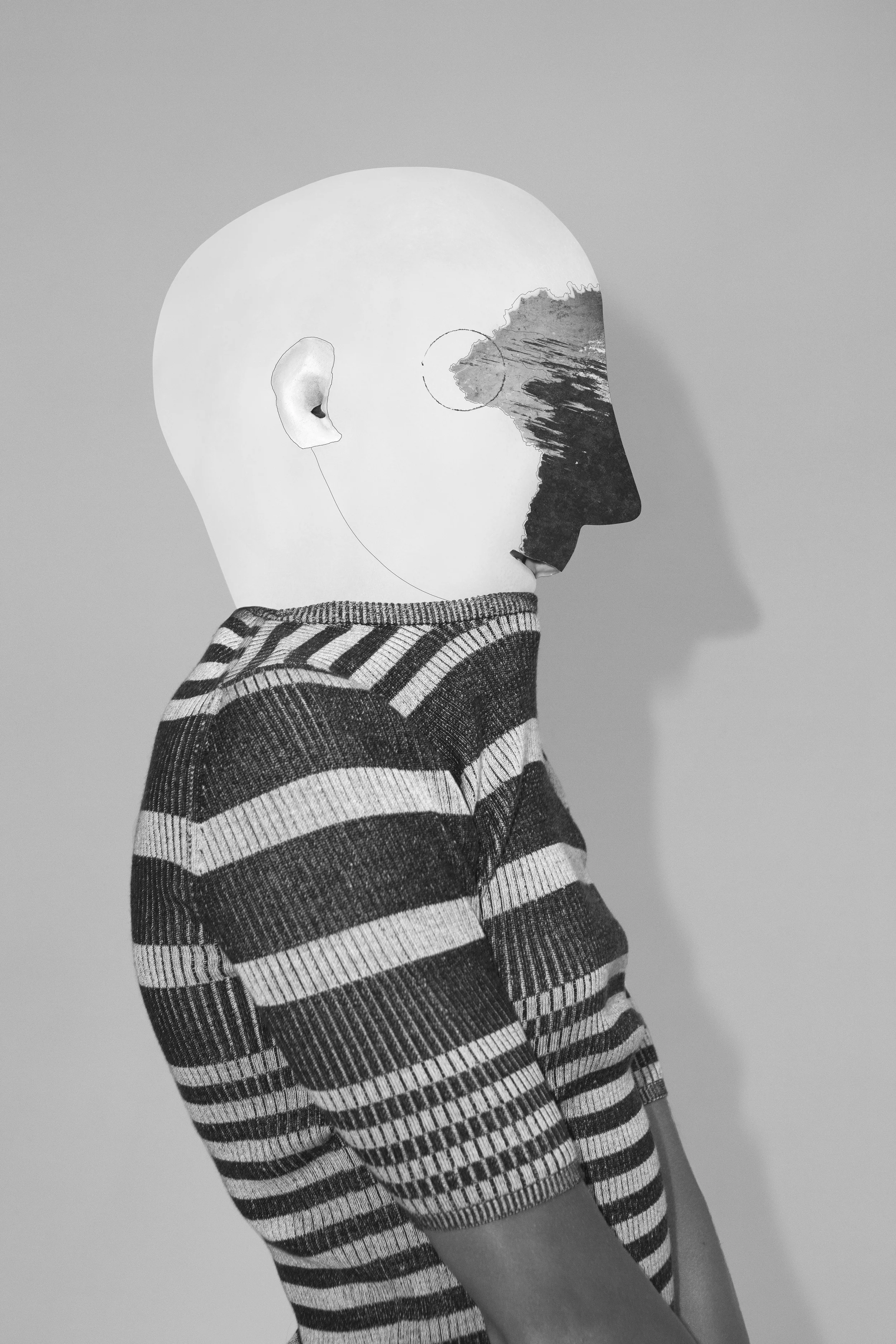



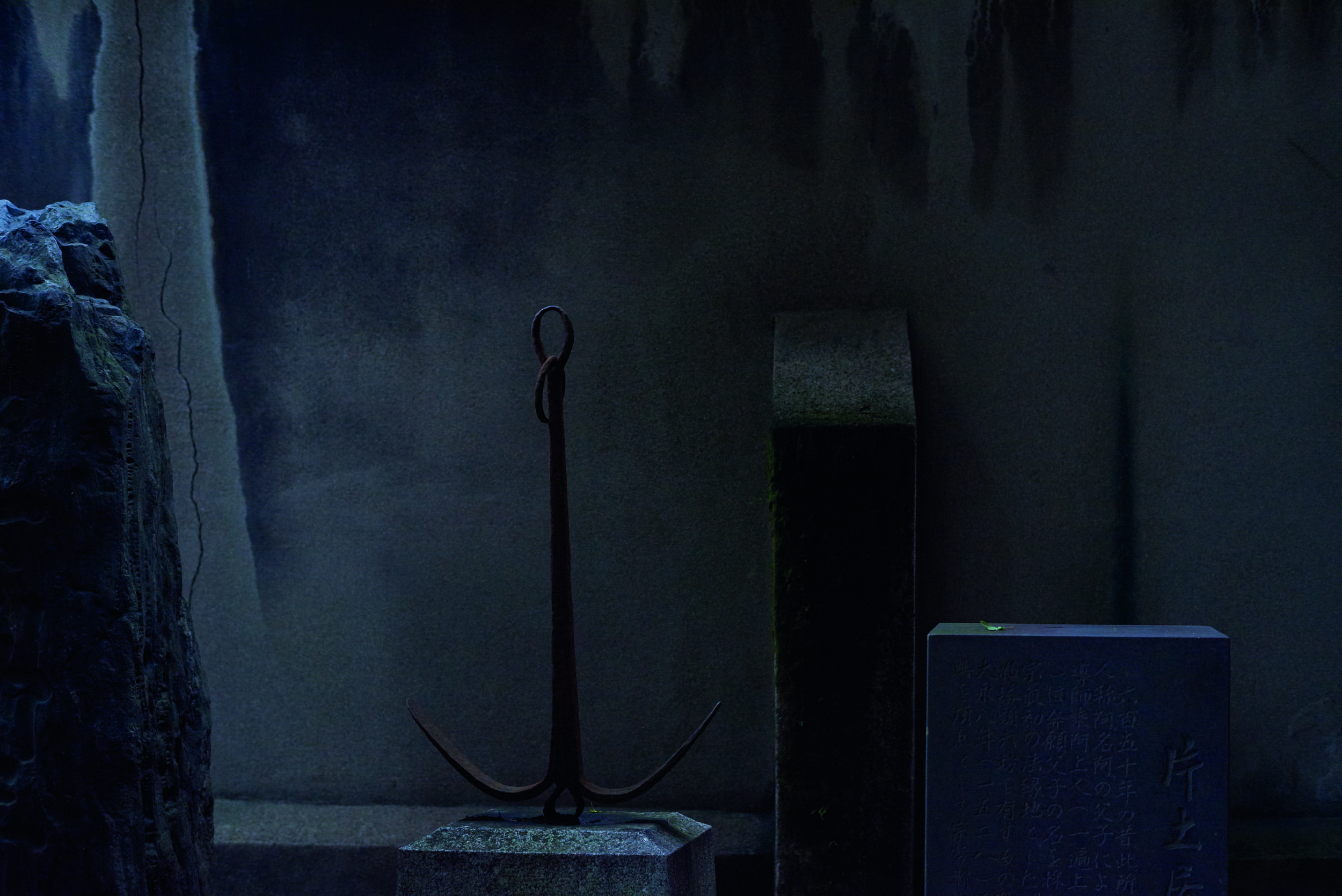
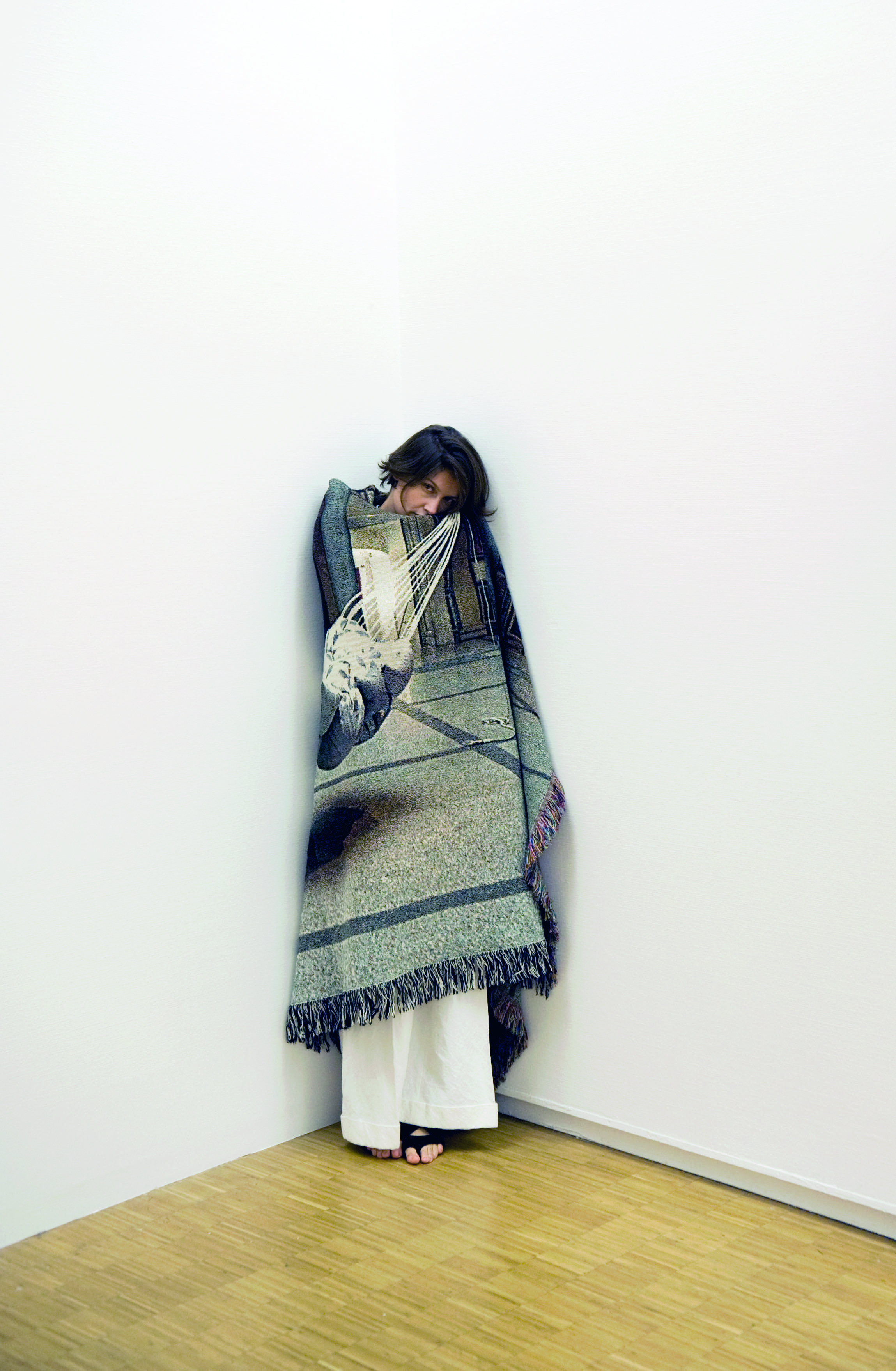
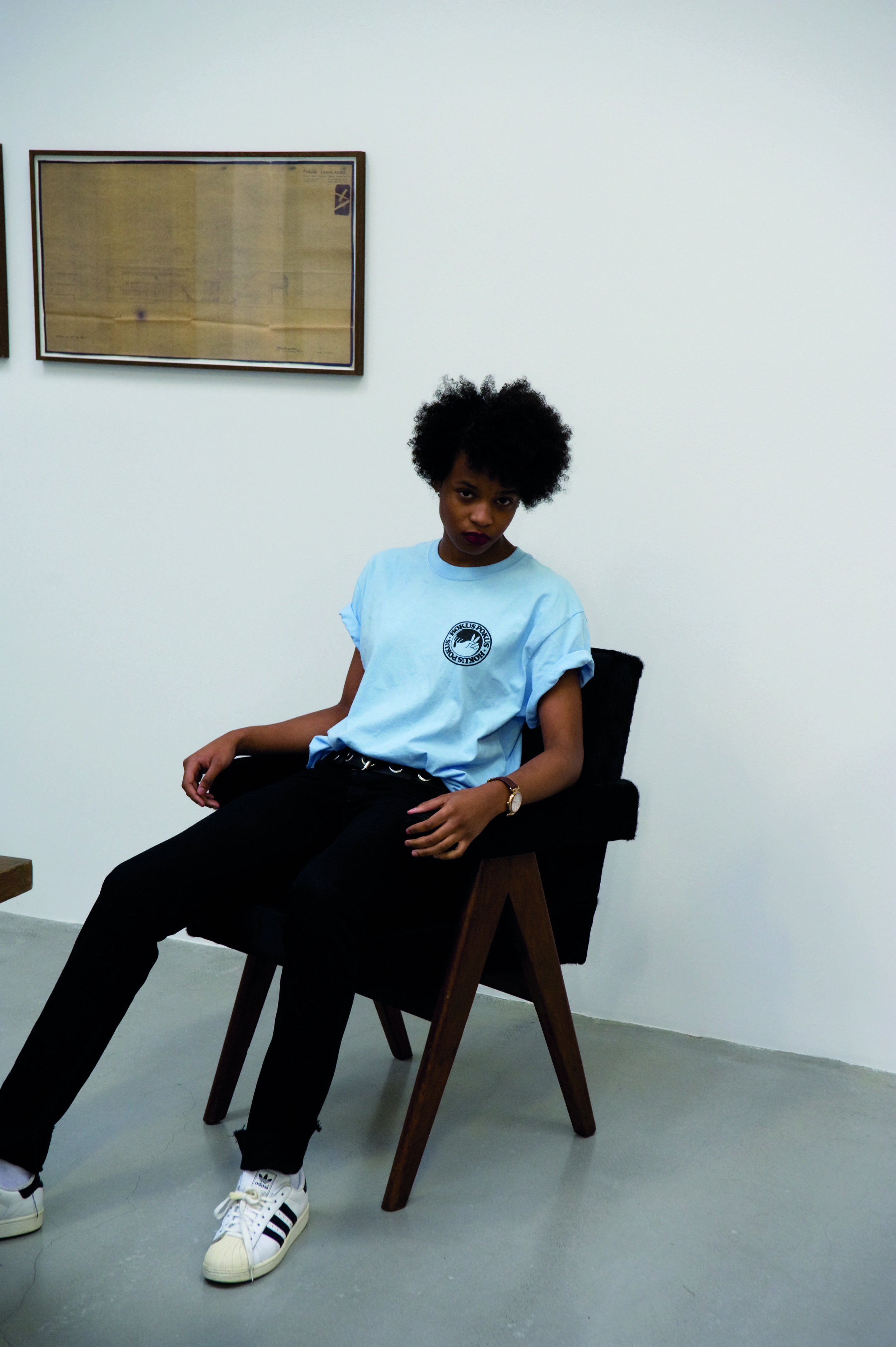
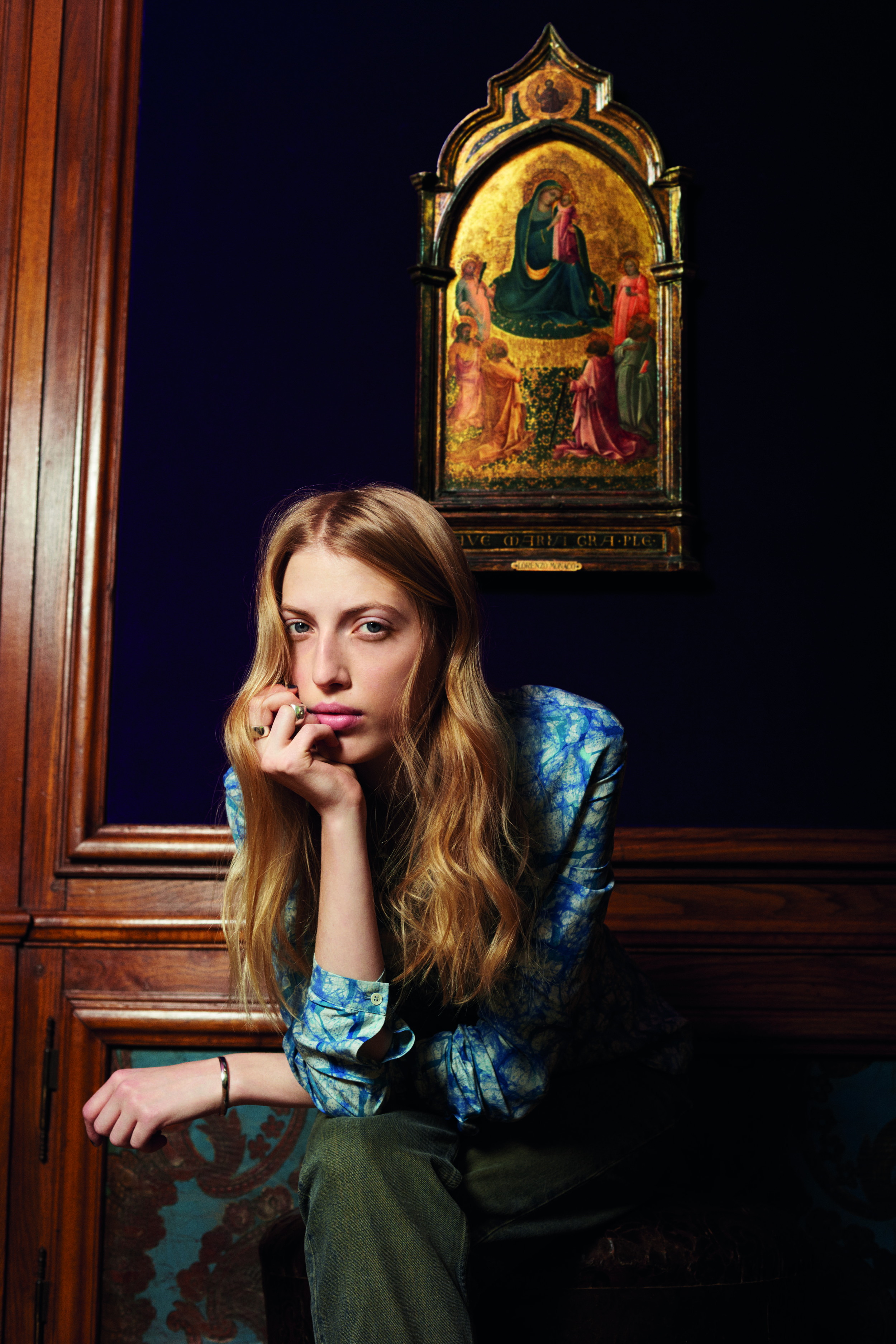

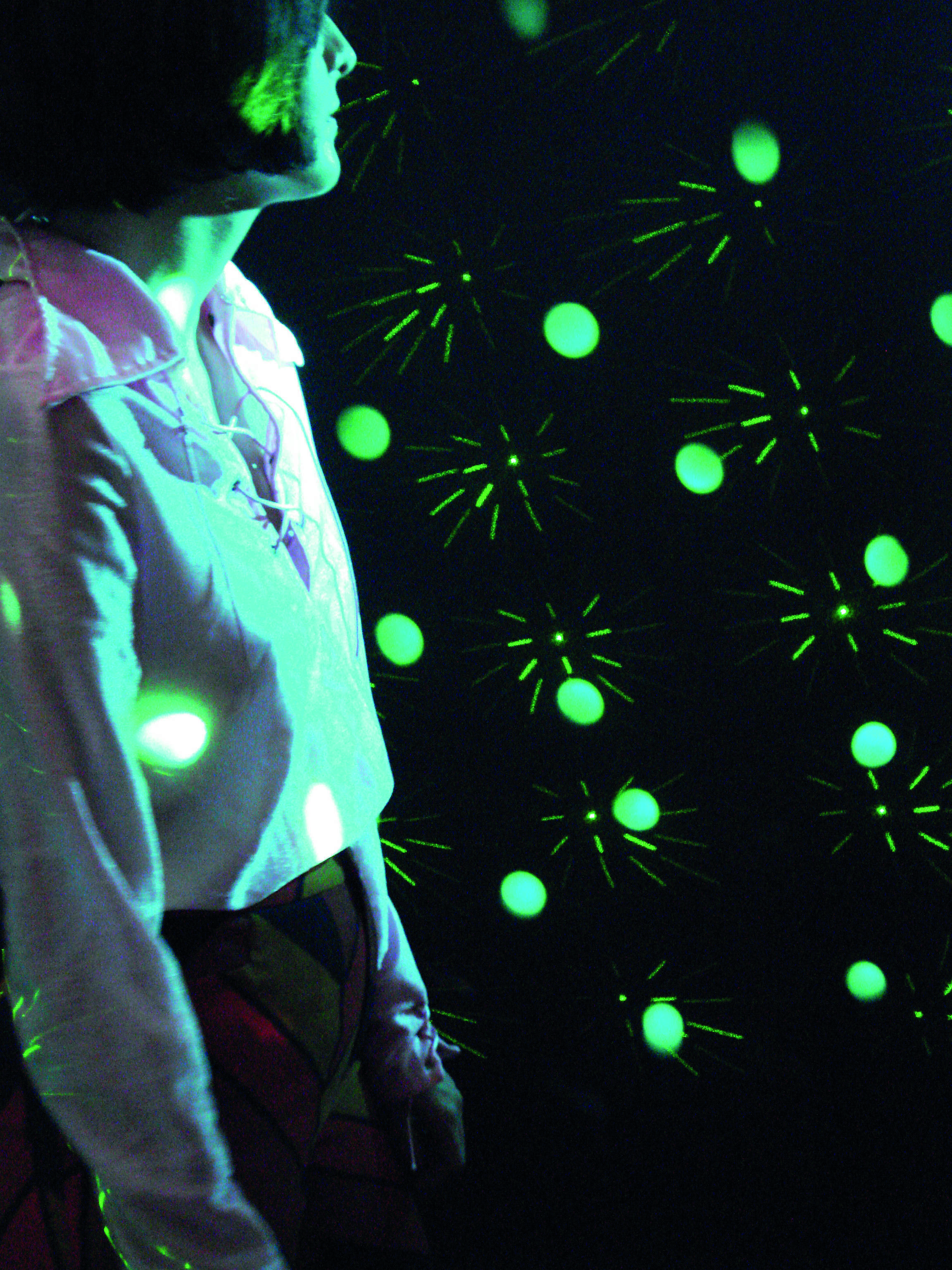
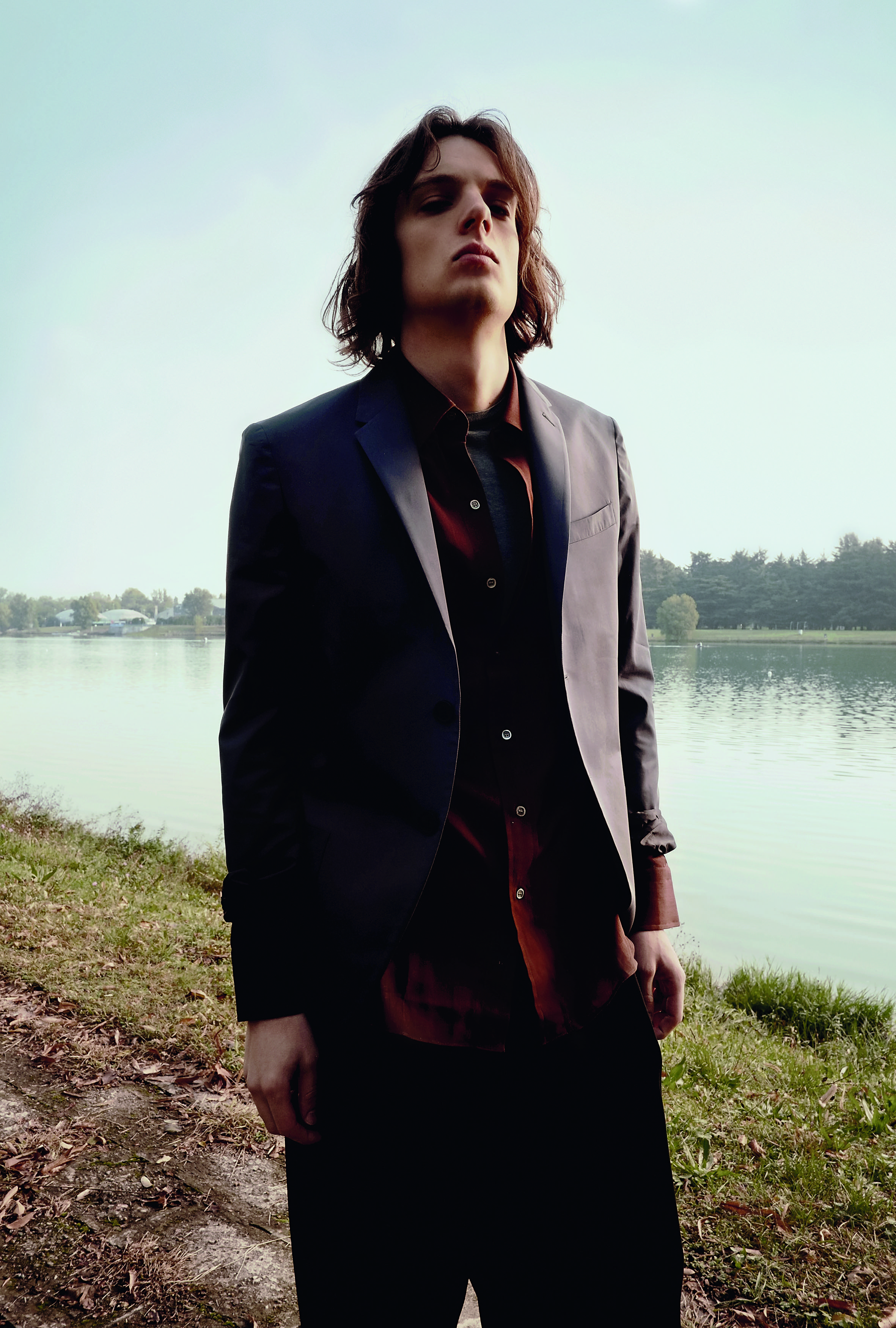
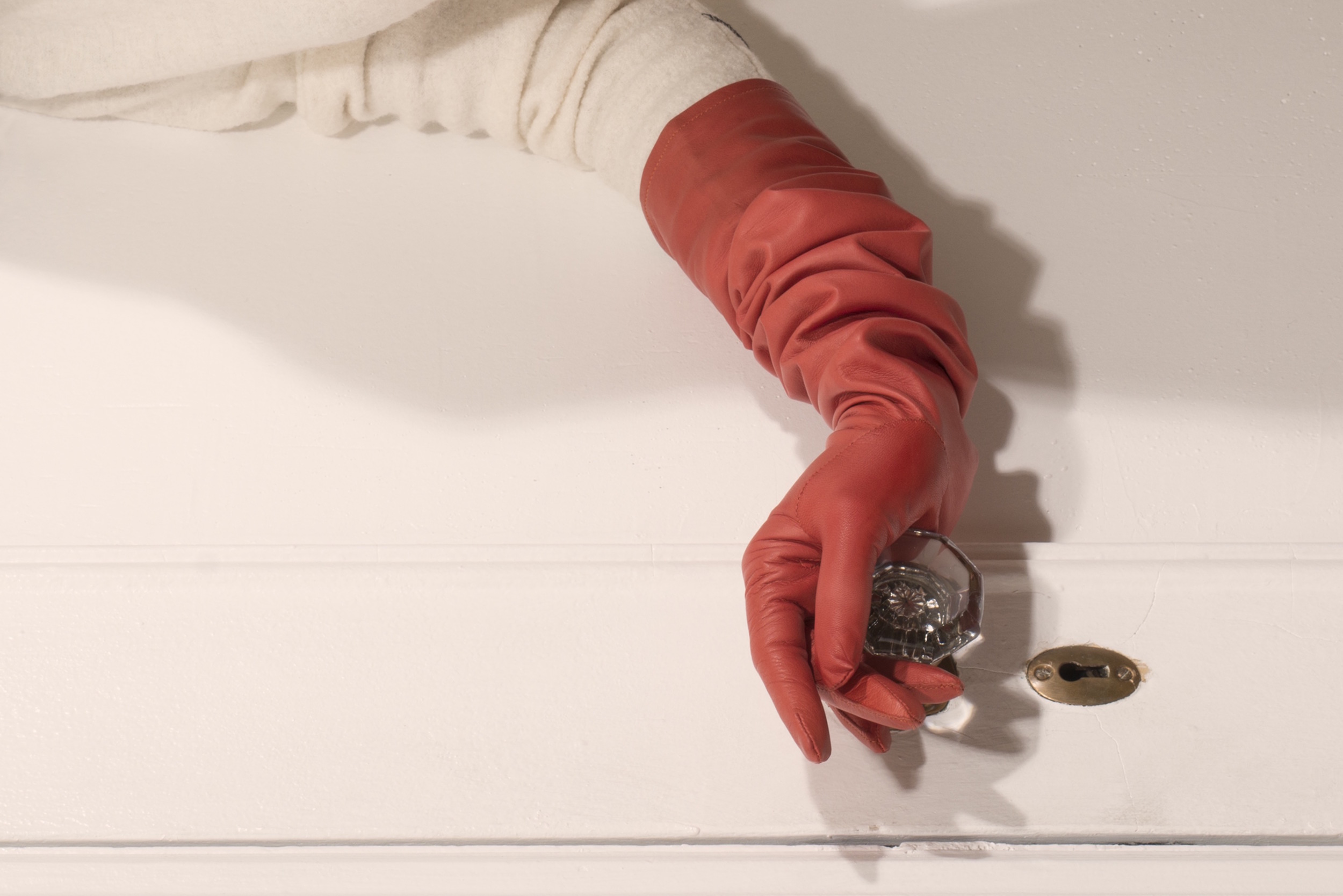
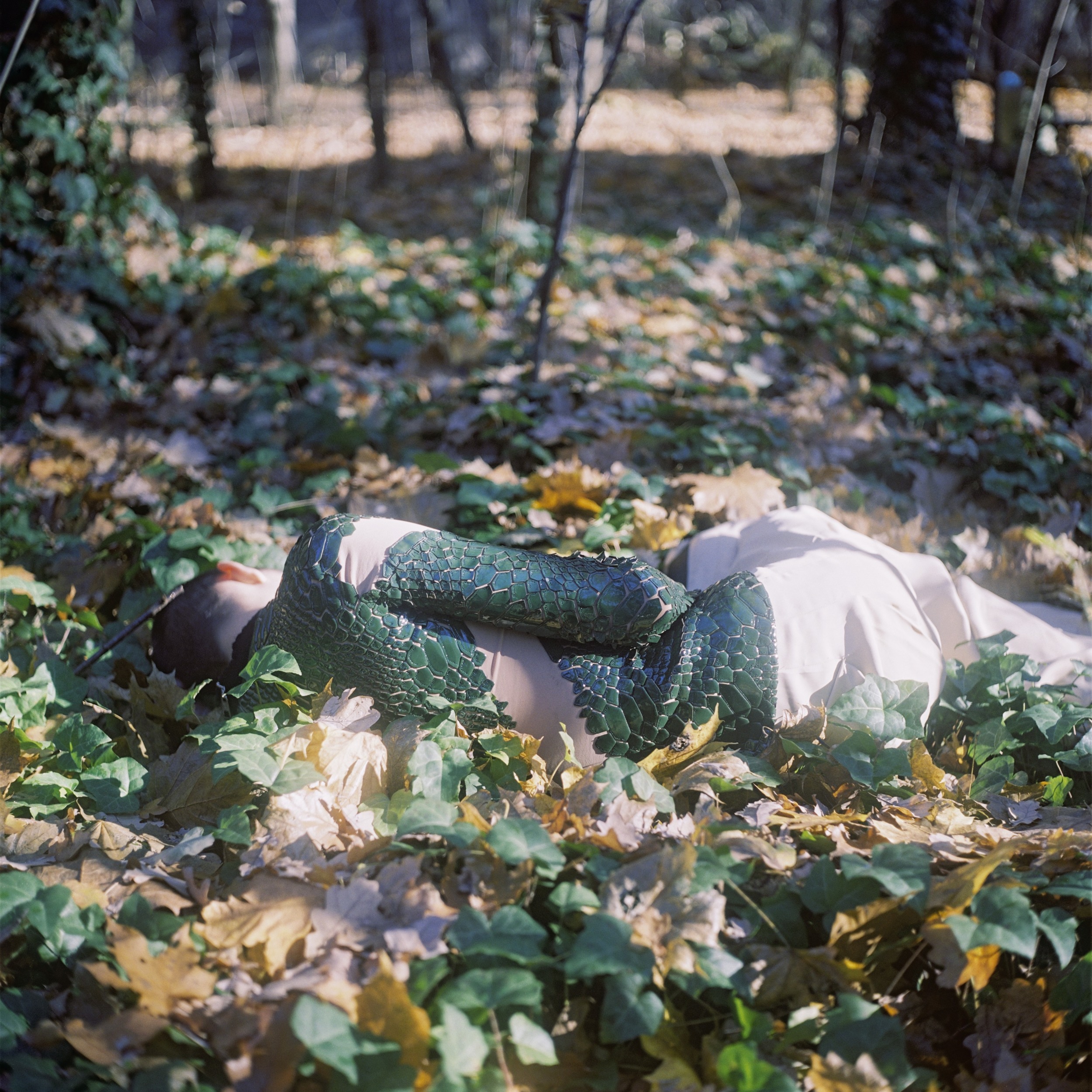
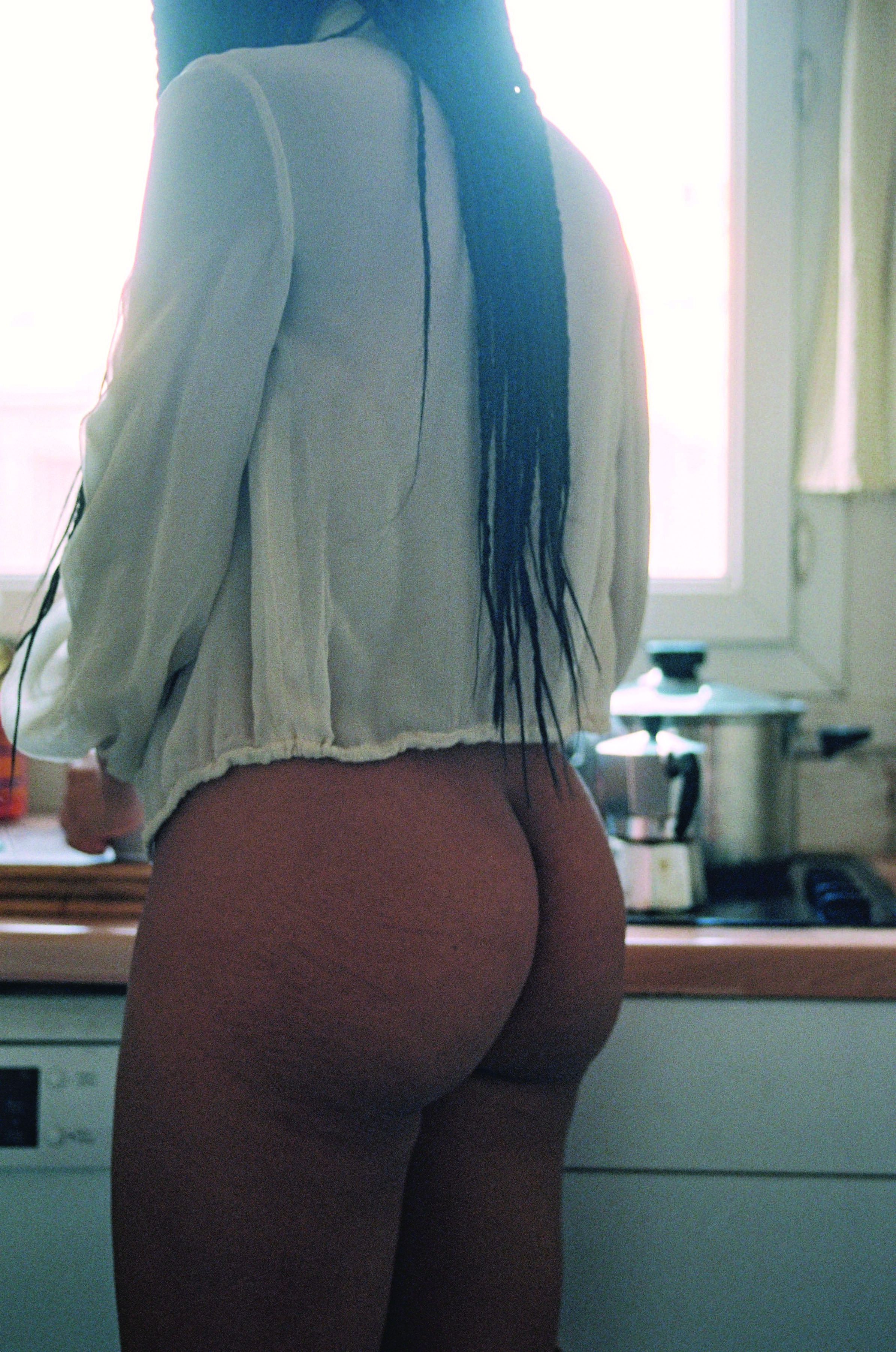

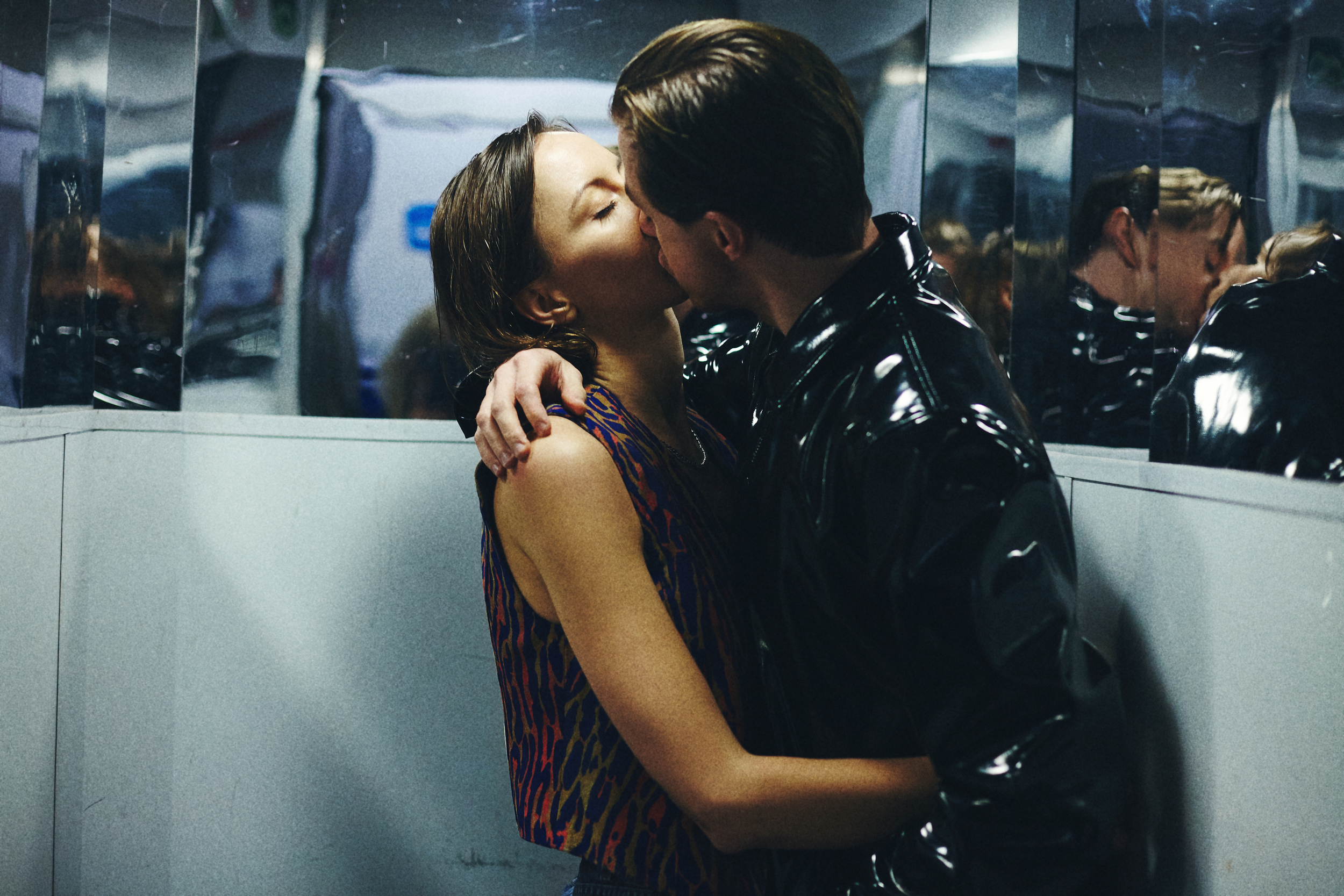
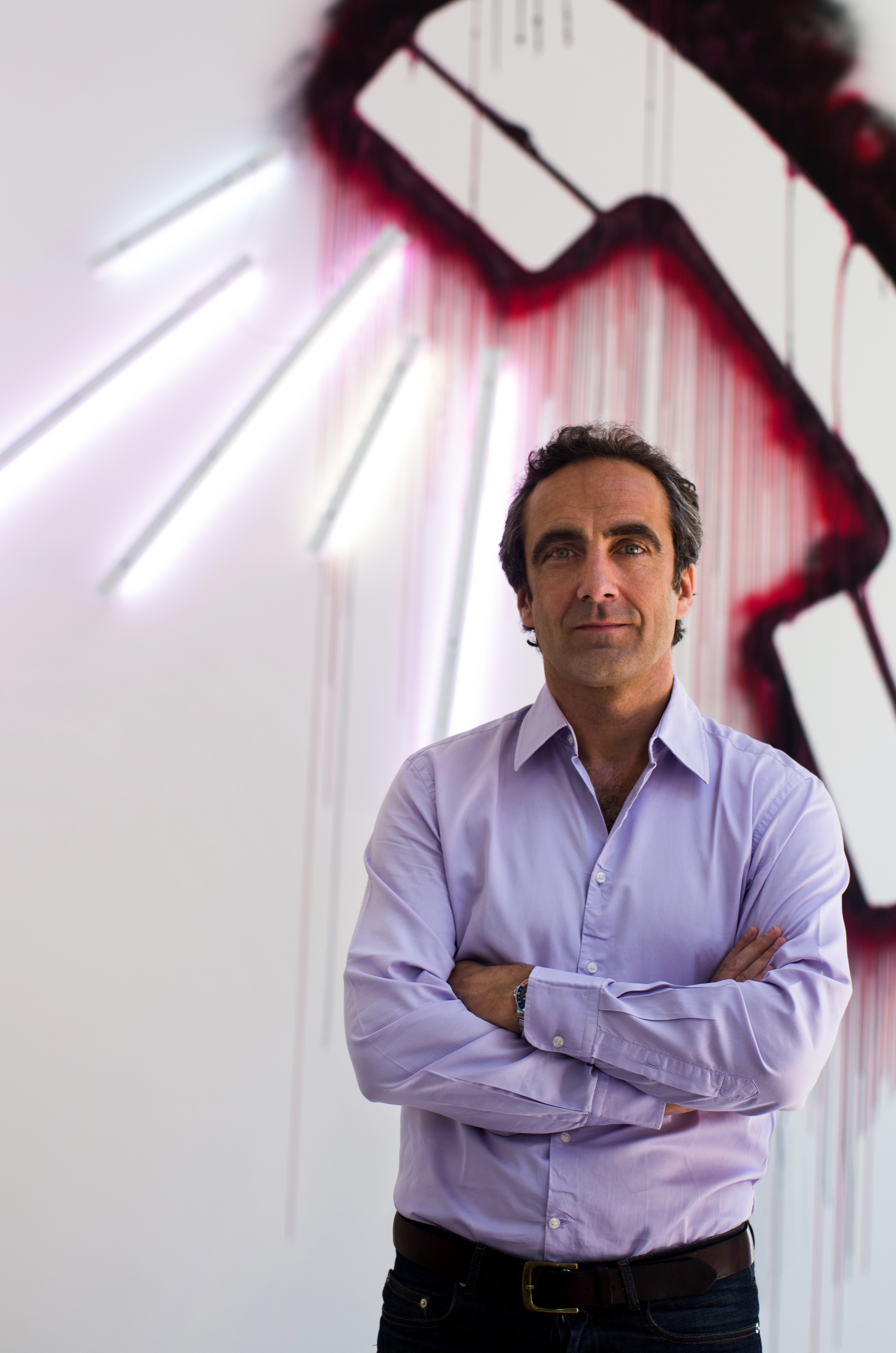
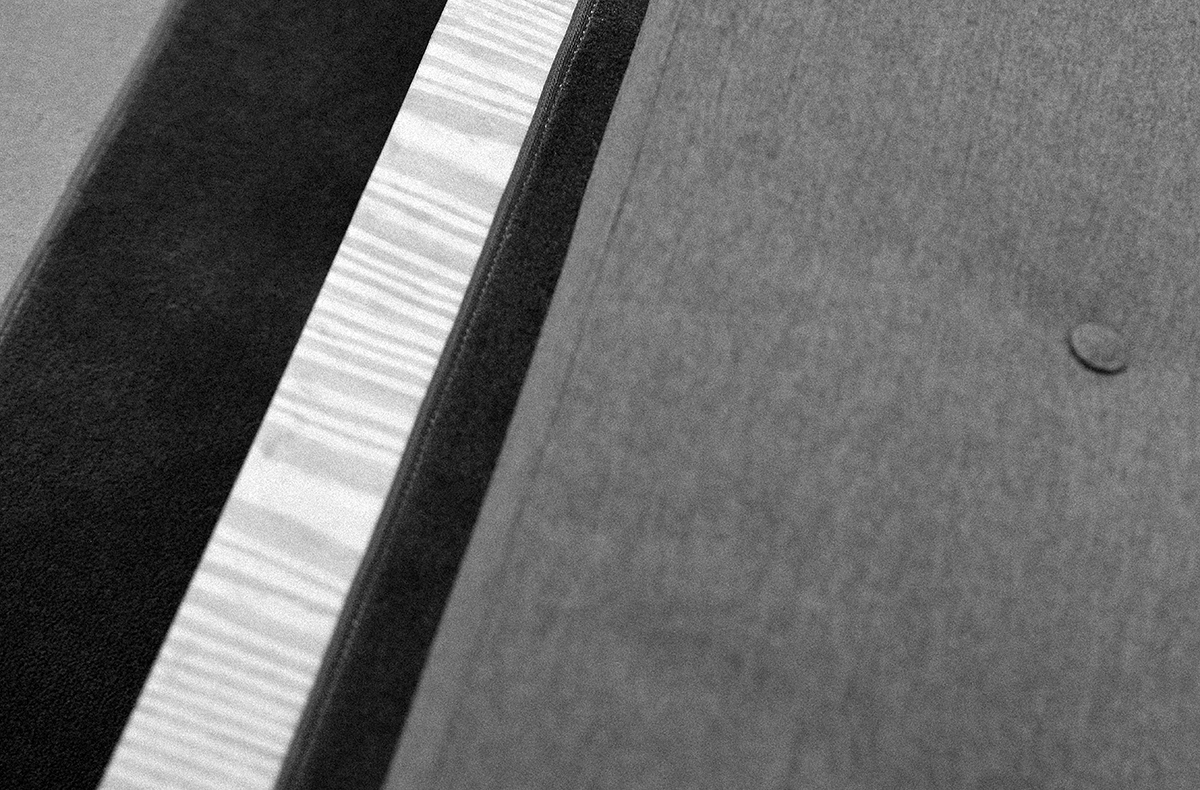

Hotel Tokyo / Yoshiyuki Okuyama / Hadarrah More